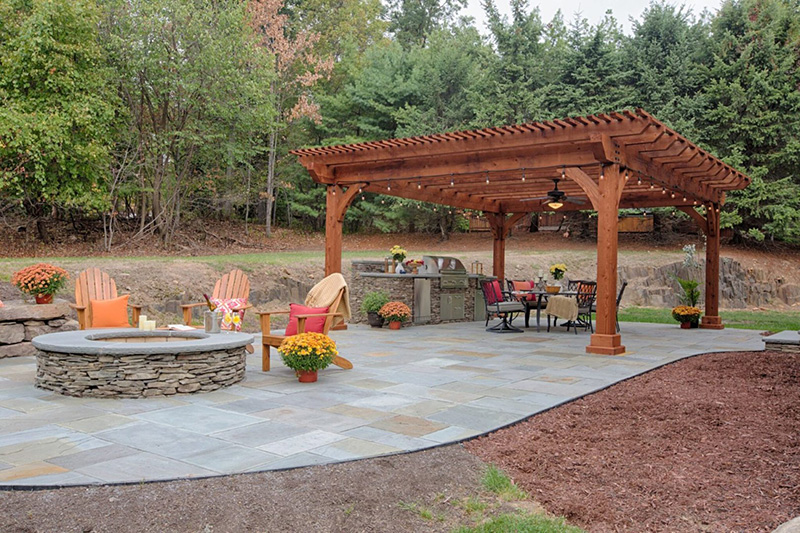
Patio Shade Structures: A Comprehensive Guide
Introduction
A patio is an outdoor living space that can extend the enjoyment of your home into the fresh air. However, without adequate shade, a patio can become an uncomfortable and unusable space during the hot summer months. Patio shade structures offer a practical and stylish solution to this problem, providing protection from the sun’s harmful rays and creating a comfortable outdoor oasis.
Types of Patio Shade Structures
There are numerous types of patio shade structures available, each with its own unique advantages and disadvantages. The most common types include:
1. Umbrellas
- Pros: Portable, easy to set up and take down, affordable
- Cons: Limited coverage, can be unstable in windy conditions
2. Canopies
- Pros: Larger coverage area than umbrellas, more durable, can be attached to a house or other structure
- Cons: More expensive than umbrellas, can be difficult to install
3. Awnings
- Pros: Permanent shade solution, provides excellent coverage, can be motorized for convenience
- Cons: Expensive, requires professional installation
4. Pergolas
- Pros: Decorative and functional, provides partial shade, can be used for climbing plants
- Cons: Not as much shade as other options, can be expensive
5. Gazebos
- Pros: Freestanding structure with a roof and walls, provides complete shade, can be used for entertaining
- Cons: Most expensive option, requires a large amount of space
Factors to Consider When Choosing a Patio Shade Structure
When choosing a patio shade structure, there are several factors to consider:
1. Size and Coverage
Determine the size of the area you need to shade and choose a structure that provides adequate coverage.
2. Sun Exposure
Consider the amount of sun exposure your patio receives throughout the day and choose a structure that provides the desired level of shade.
3. Durability
Choose a structure that is made from durable materials and can withstand the elements in your area.
4. Aesthetics
Select a structure that complements the style of your home and outdoor décor.
5. Budget
Set a budget for your patio shade structure and consider the cost of materials, installation, and maintenance.
Installation and Maintenance
Most patio shade structures require some level of installation. For complex structures, such as awnings and gazebos, it is recommended to hire a professional. Regular maintenance is also important to ensure the longevity of your structure.
Benefits of Patio Shade Structures
In addition to providing shade, patio shade structures offer several other benefits:
1. UV Protection
Patio shade structures block harmful UV rays, protecting your skin from sunburn and other skin damage.
2. Reduced Energy Costs
By blocking the sun’s heat, patio shade structures can help reduce the temperature of your home, leading to lower energy costs.
3. Increased Comfort
A shaded patio provides a comfortable and inviting outdoor space where you can relax, entertain, and enjoy the outdoors.
4. Enhanced Aesthetics
Patio shade structures can add visual interest and style to your outdoor space, enhancing its overall appearance.
5. Extended Outdoor Living
By providing shade, patio shade structures allow you to enjoy your outdoor space for longer periods of time, even during the hottest months of the year.
Conclusion
Patio shade structures are a valuable addition to any home, providing protection from the sun, creating a comfortable outdoor oasis, and enhancing the aesthetics of your outdoor space. With a wide variety of options available, there is a patio shade structure to suit every need and budget. By carefully considering the factors discussed in this guide, you can choose the perfect structure to transform your patio into a shaded sanctuary where you can relax, entertain, and enjoy the outdoors all year round.